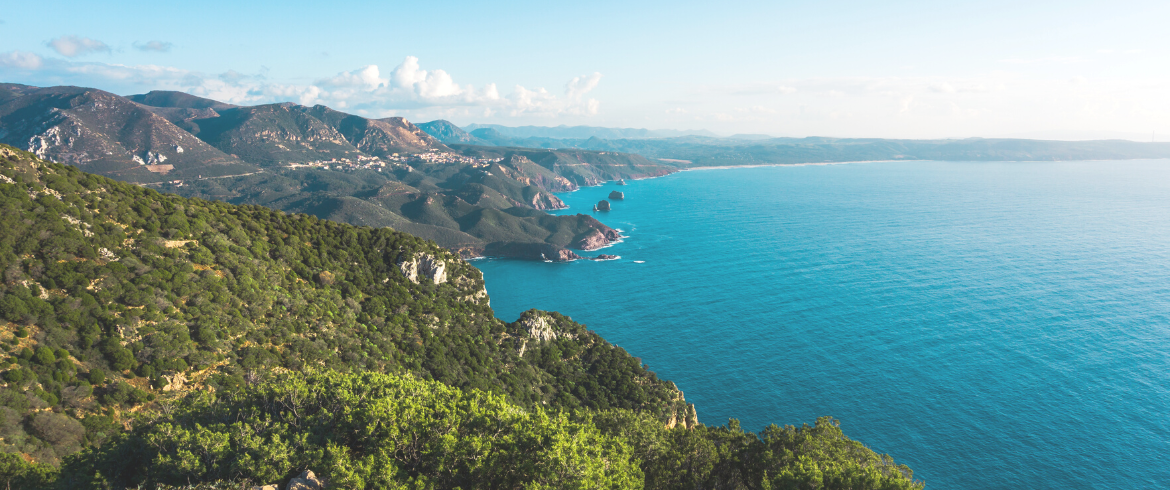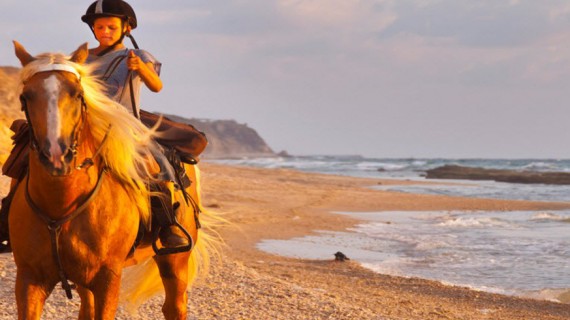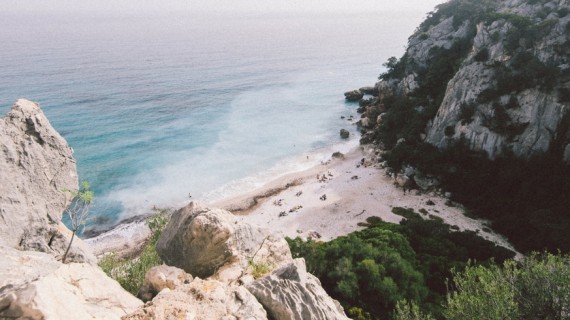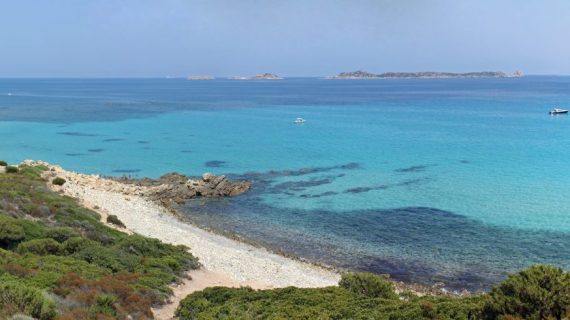Between mines and ancient Punic cities, the historic region of Sulcis Iglesiente is a magical and surprising place. Let’s set off together to discover the deep southwest of Sardinia, ready to be surprised by landscapes, people, and traditions. In fact, this still little-known area of the island has a lot to offer to travelers searching for authenticity and natural beauty.
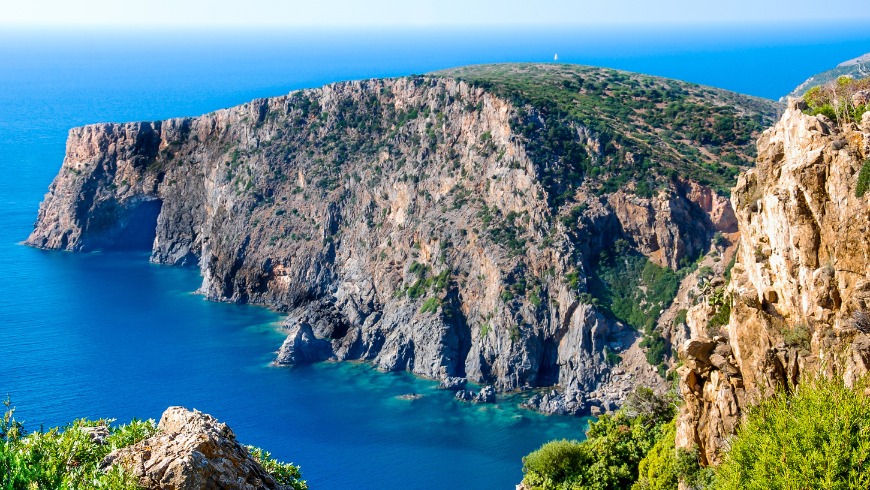
Sulcis Iglesiente has been inhabited for more than 5000 years. In fact, the Phoenicians and the Carthaginians, who left us with incredible testimonies now kept in unmissable archaeological sites, were the first to discover those rich mineral deposits that have profoundly marked the history of this area.
The name of the region derives from the city of Iglesias, its main city, and from the ancient city of Sulki, today Sant’Antioco. And it is precisely on the island of the same name that we find our base for this journey to discover the Sardinian territory.
Gaulos Country, an eco-friendly stay in Sulcis Iglesiente
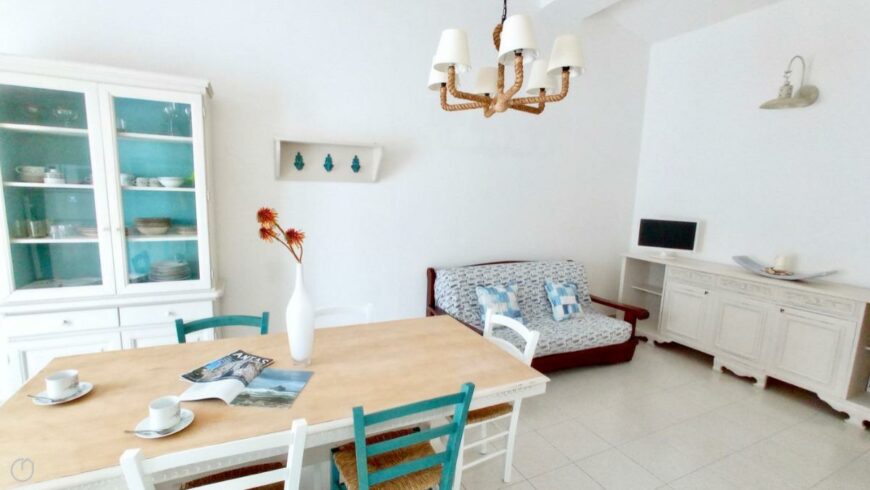
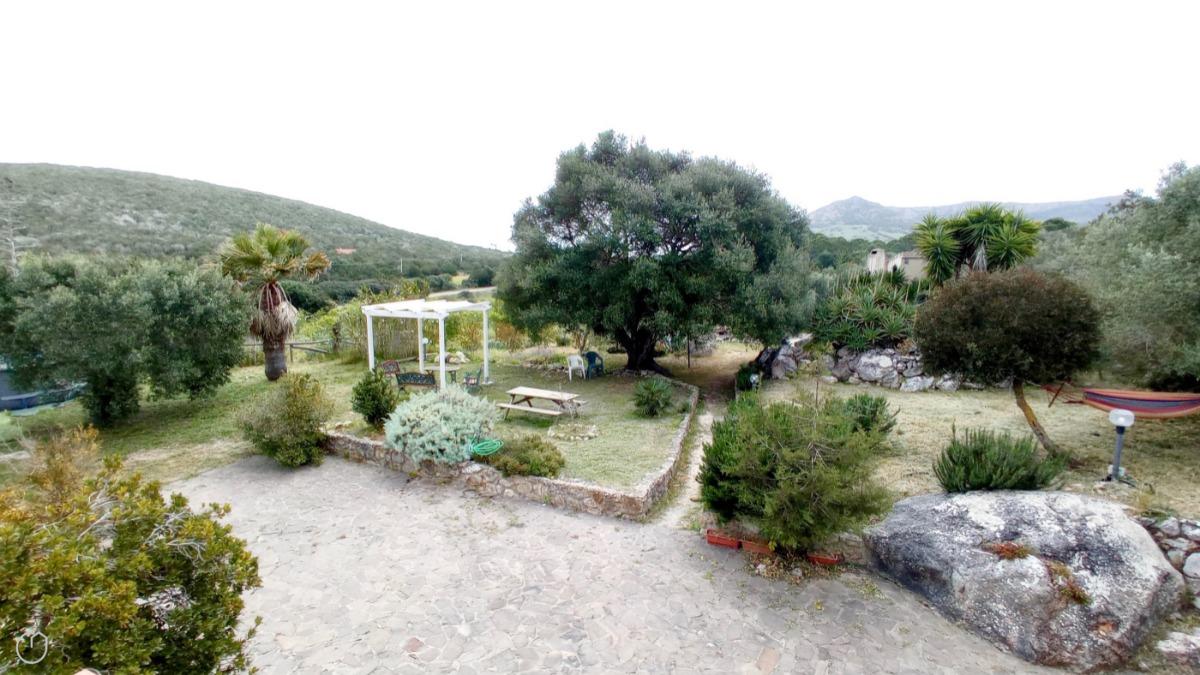
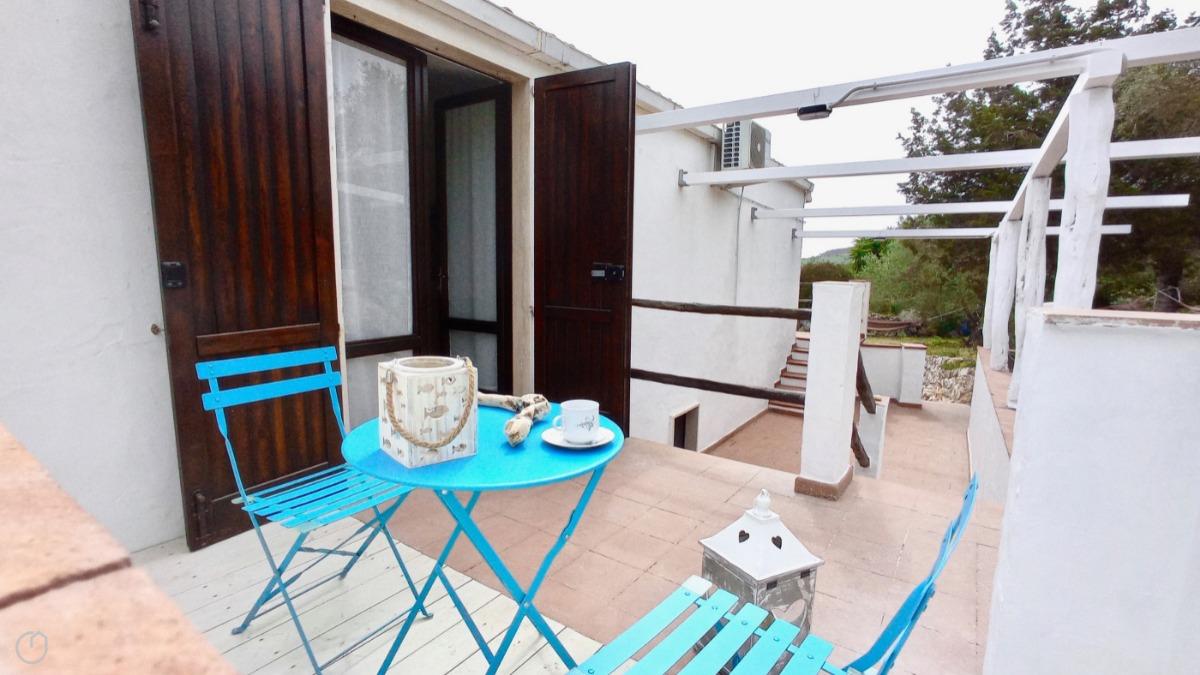
The accommodation we have chosen for our stay is located in the Antiochian countryside and a few steps from the crystalline sea of the island. Gaulos Country offers its guests two apartments of 55 sqm each, within an estate of 13000 sqm with secular olive trees and junipers. The apartments, with electricity from renewable sources, have everything you can need for your stay, including hammocks and barbecues outside.
The mines of Sulcis Iglesiente
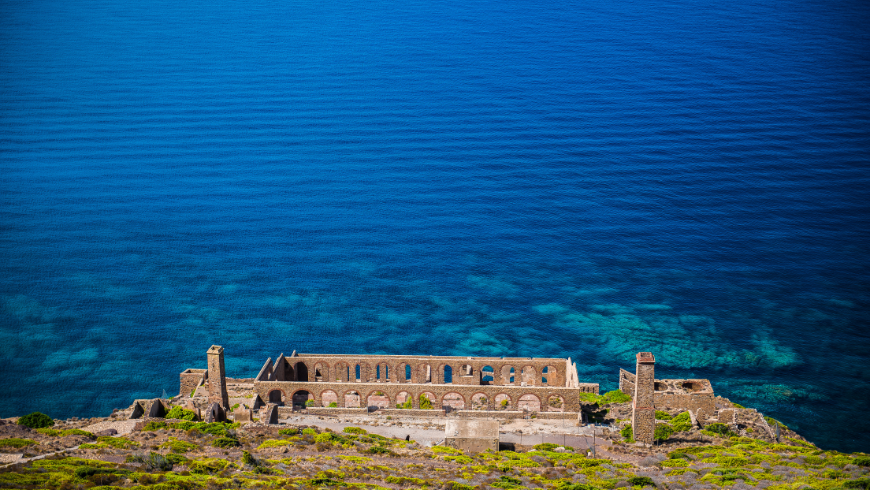
Today they represent an invaluable historical, industrial and architectural heritage, in the past, they were instead a symbol of economic strength. The numerous mines, inserted in the wildest nature, have deeply marked this territory (and beyond). Today, between itineraries and guided tours, you can retrace history in which economic boom and energy supply intertwine with new cities, wars, protests, and the first real strikes.
Sea and untouched nature
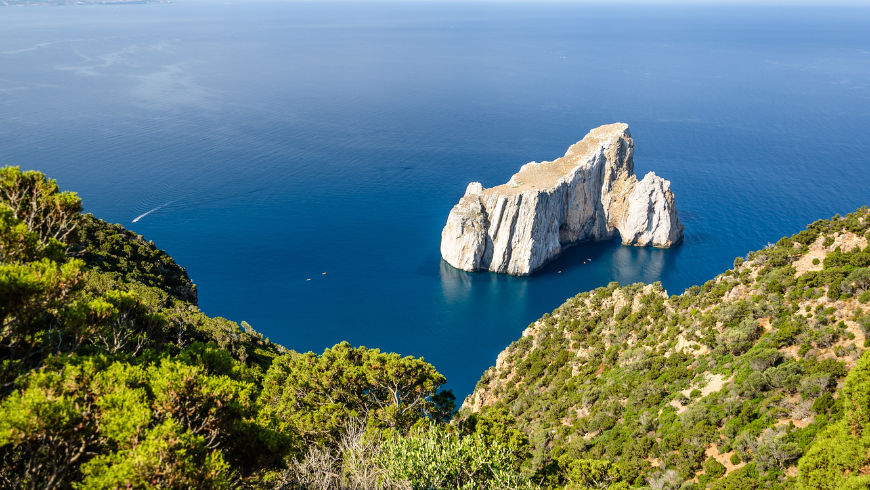
By visiting the now abandoned mines you can not only discover the history of Sulcis Iglesiente, but also admire its wild nature. How not to mention, for example, the rock of Pan di Zucchero, a natural monument that rises in the sea of Masua, in front of the washery of the Nebida mine. But the whole area is characterized by pristine landscapes that you must experience slowly. From the beach of Cala Domestica to Porto Pino, from the Caves of Is Zuddas to the dunes of Piscinas, you will fall in love with these glimpses and the scents of salt and Maquis shrubland that characterize them.
Sant’Antioco and San Pietro: the two islands
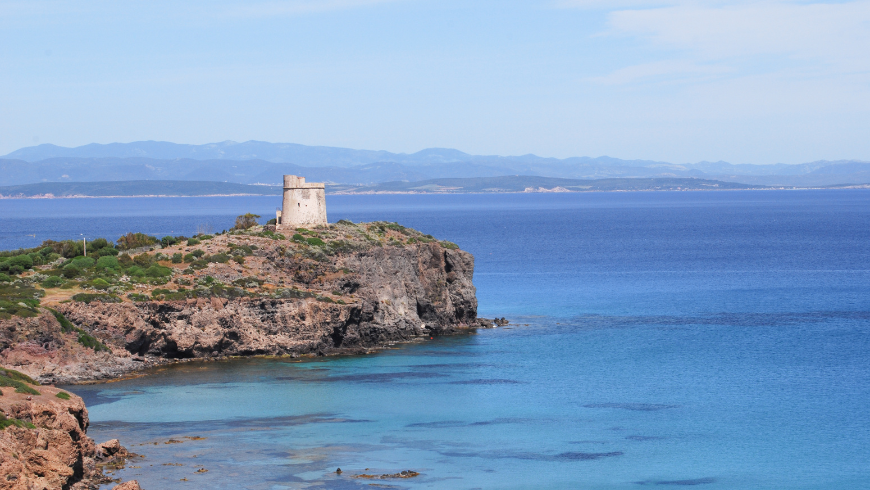
Sulcis Iglesiente also has its own archipelago. The two major islands, connected by a convenient ferry, are definitely worth a visit. The island of Sant’Antioco, connected to Sardinia by a bridge, is the perfect destination for those seeking sea, nature, and history. In fact, the two towns of Sant’Antioco and Calasetta have different archaeological sites and innumerable finds from the Neolithic, Punic, and Roman ages. There are also the remains of 43 nuraghes.
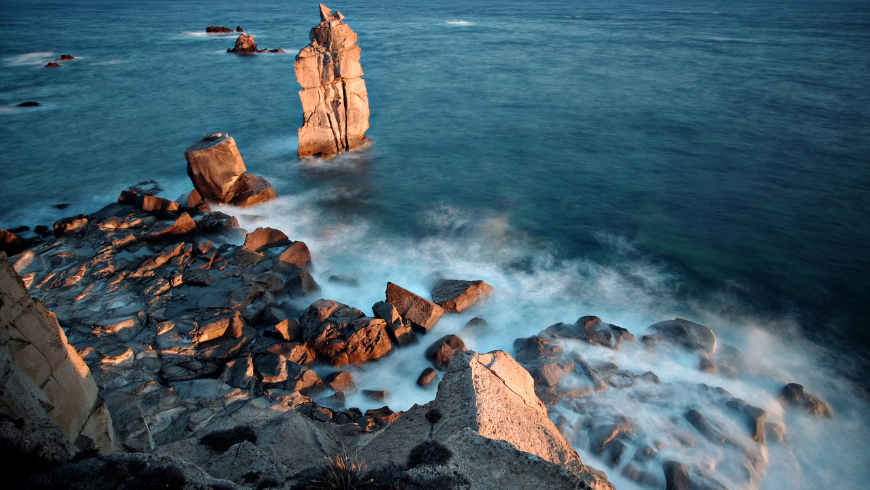
The Island of San Pietro, on the other hand, is a small corner of Liguria in Sardinia. Carloforte, the only inhabited center, welcomes you with the pastel colors of its houses, with the salt marshes, the small port, and numerous pristine beaches and coves.
What to eat in Sulcis Iglesiente

With a boat ride, a dip in the crystal clear waters, a walk in a mining park, and visits to archaeological museums and Carthaginian temples, you’ll work up an appetite. And then you just have to taste the local artichoke, the honey, the tuna specialties made in Carloforte, the pecorino cheese, and all the other local dishes, always accompanied by a good glass of Carignano DOC del Sulcis or Vermentino wine.
